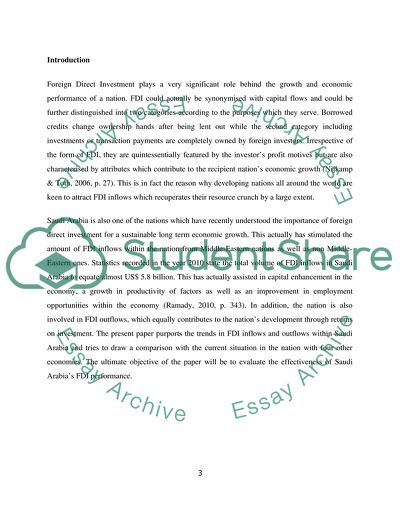Cite this document
(Foreign Direct Investment in Saudi Arabia Research Paper - 1, n.d.)
Foreign Direct Investment in Saudi Arabia Research Paper - 1. Retrieved from https://studentshare.org/macro-microeconomics/1749616-an-empirical-study-on-fdi-inward-or-outward
Foreign Direct Investment in Saudi Arabia Research Paper - 1. Retrieved from https://studentshare.org/macro-microeconomics/1749616-an-empirical-study-on-fdi-inward-or-outward
(Foreign Direct Investment in Saudi Arabia Research Paper - 1)
Foreign Direct Investment in Saudi Arabia Research Paper - 1. https://studentshare.org/macro-microeconomics/1749616-an-empirical-study-on-fdi-inward-or-outward.
Foreign Direct Investment in Saudi Arabia Research Paper - 1. https://studentshare.org/macro-microeconomics/1749616-an-empirical-study-on-fdi-inward-or-outward.
“Foreign Direct Investment in Saudi Arabia Research Paper - 1”, n.d. https://studentshare.org/macro-microeconomics/1749616-an-empirical-study-on-fdi-inward-or-outward.


